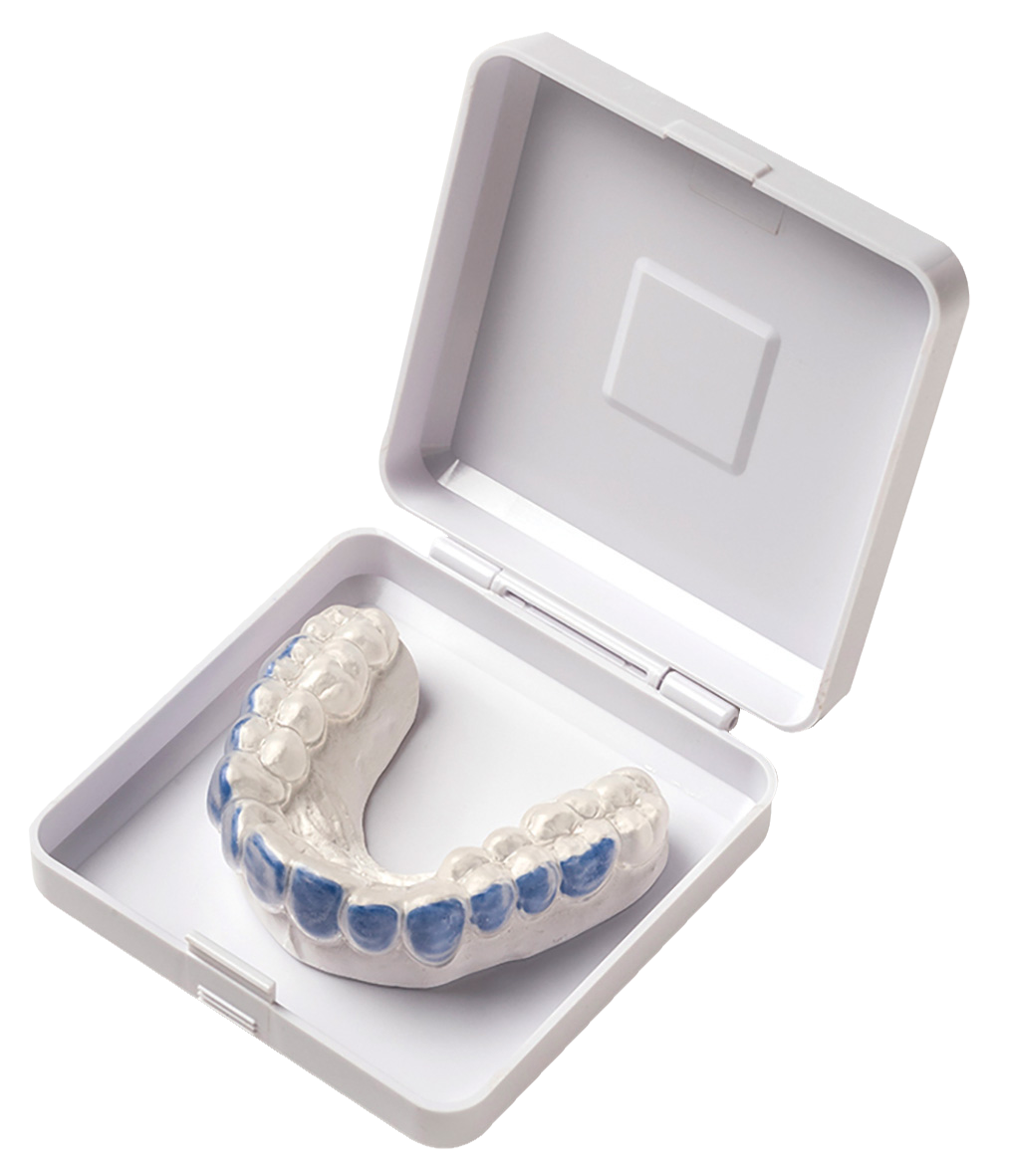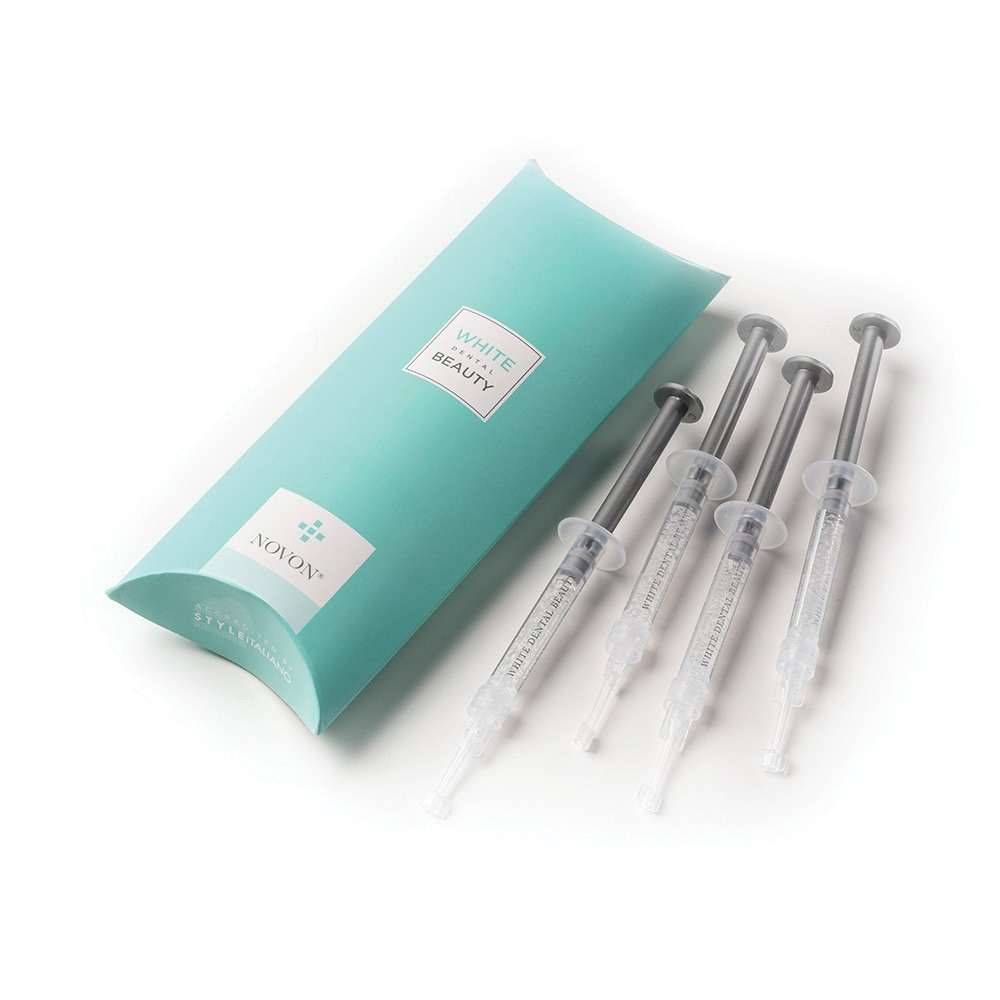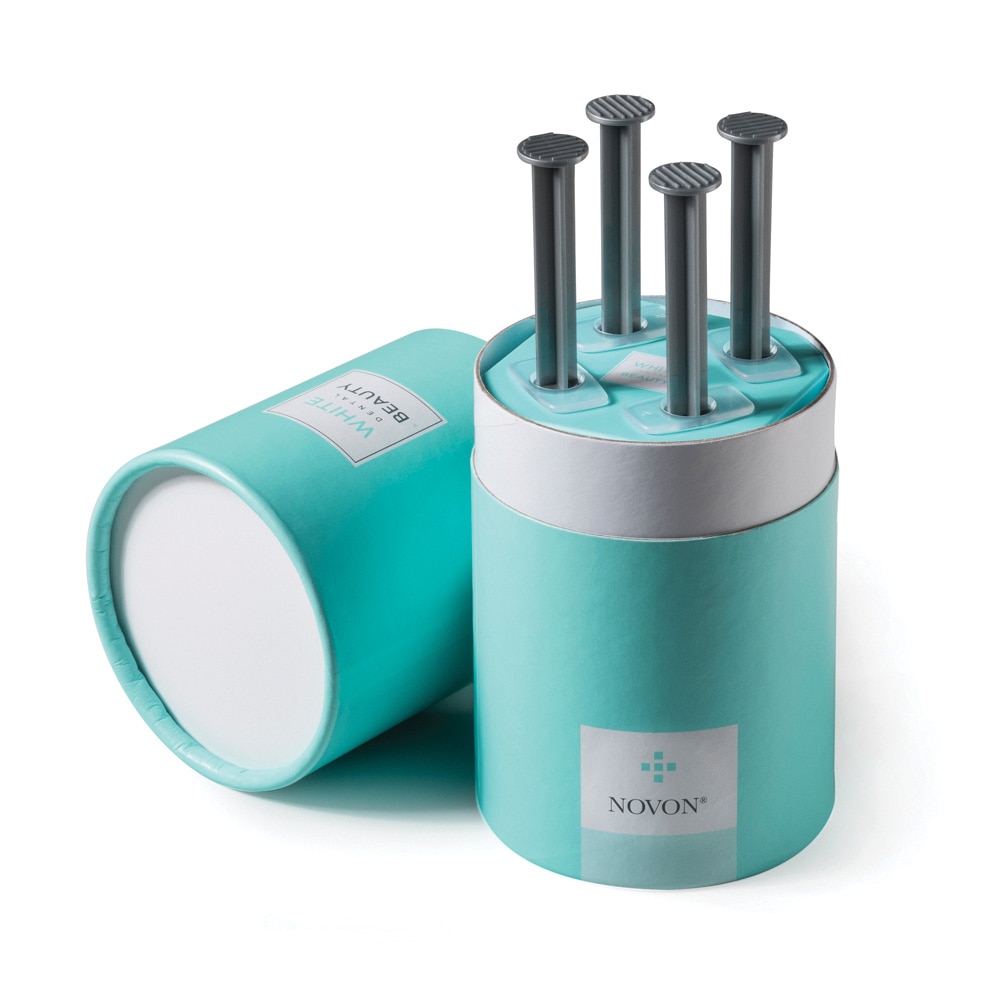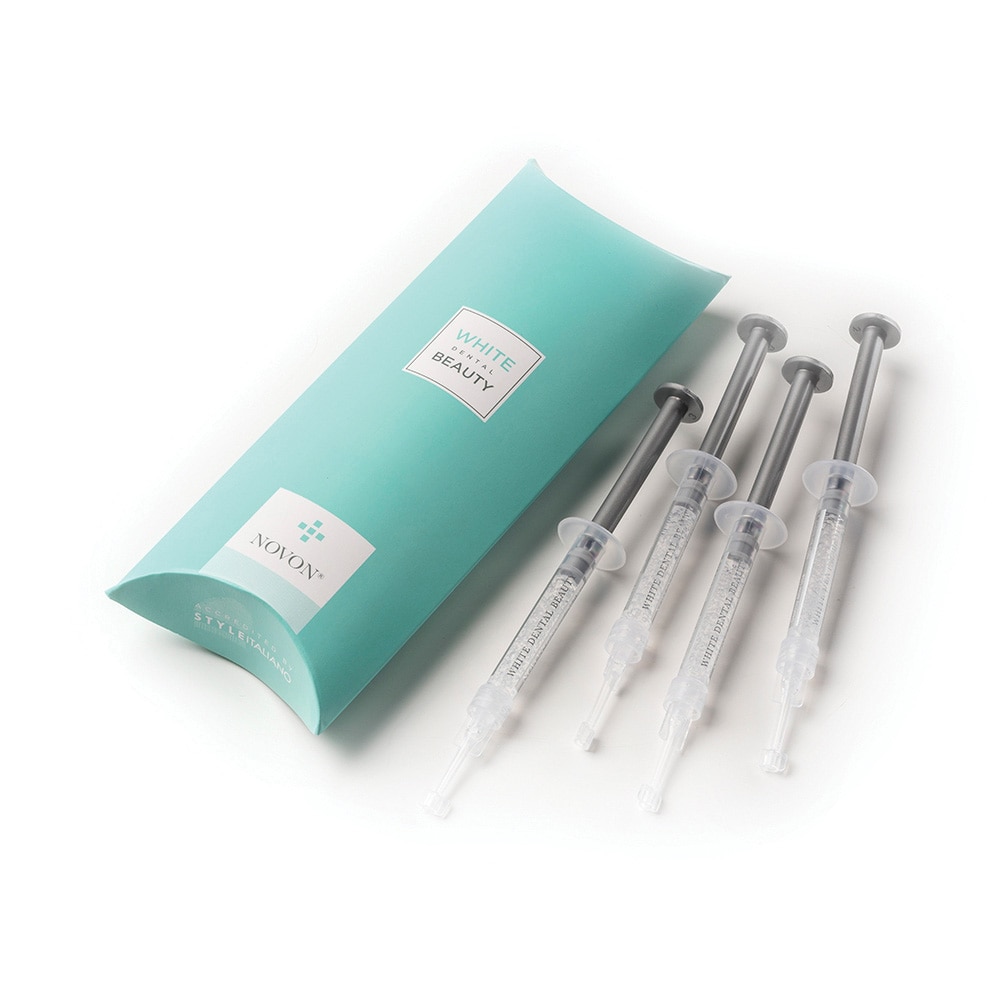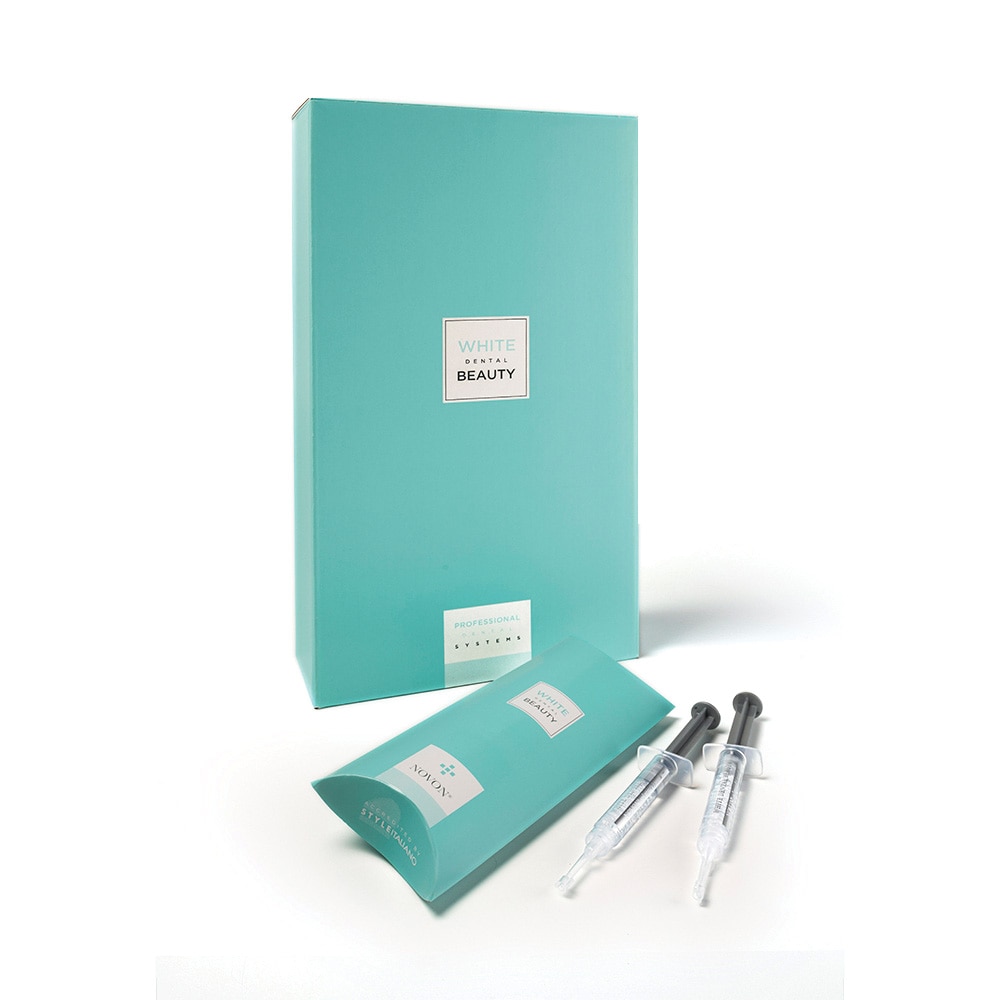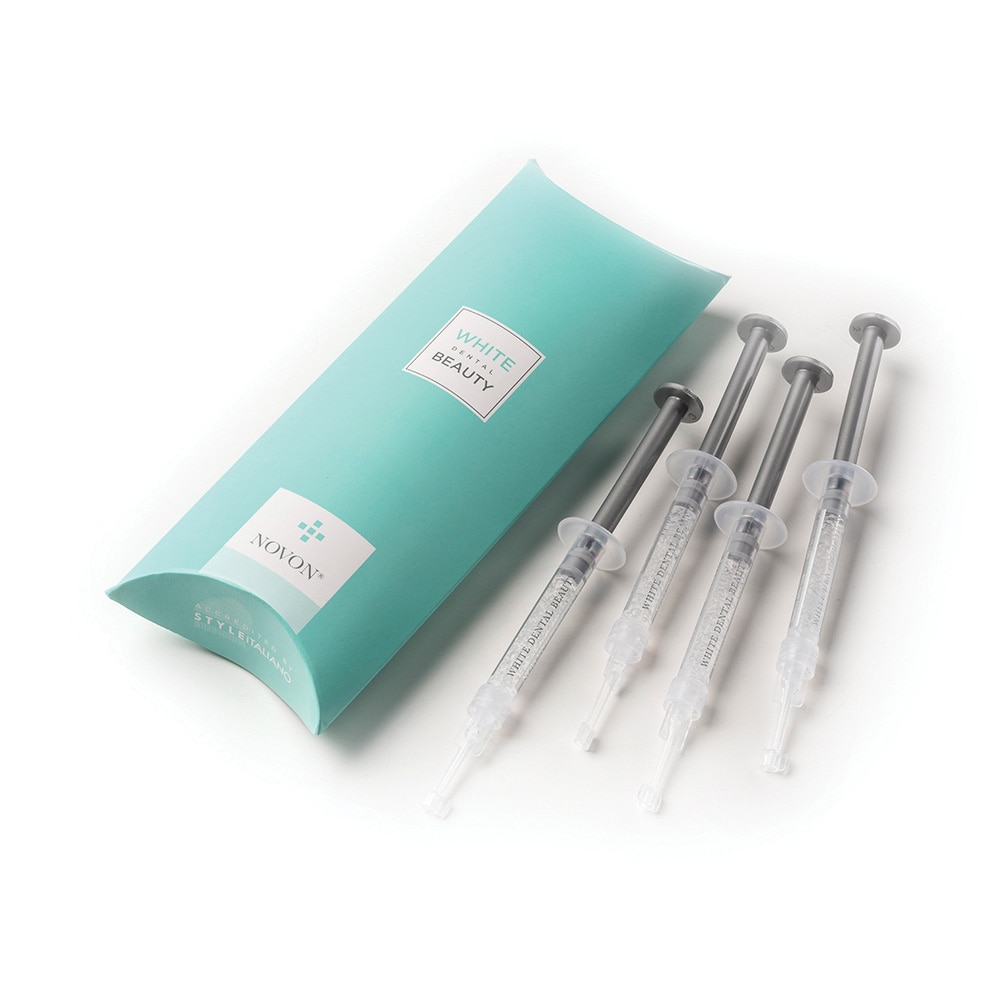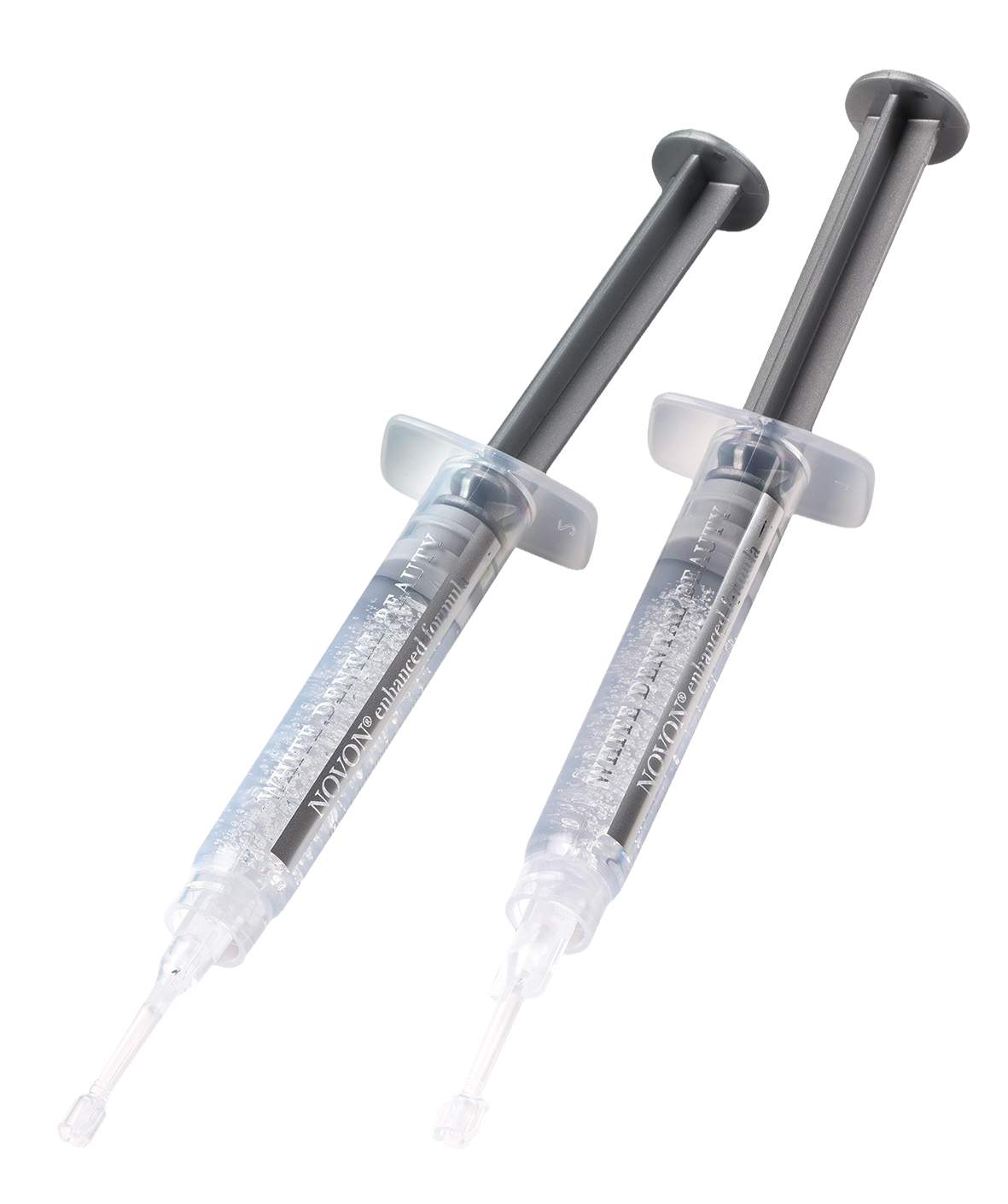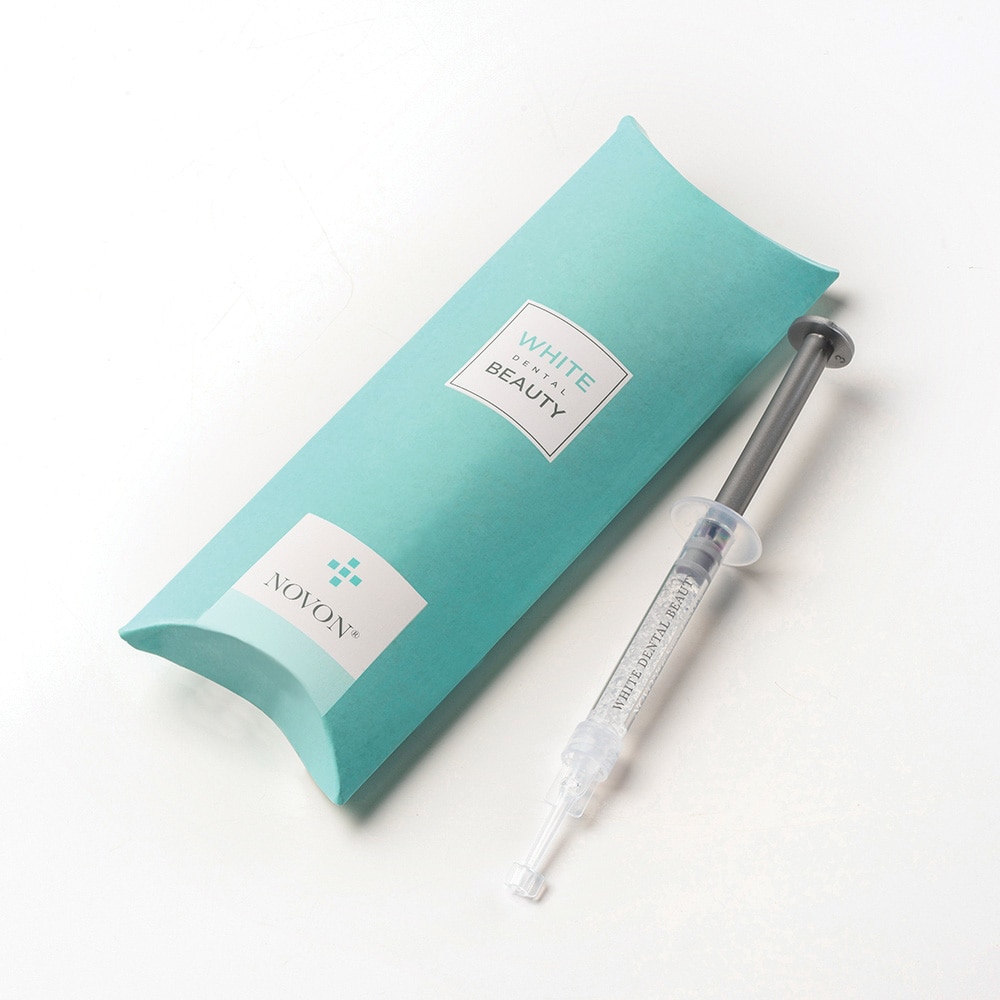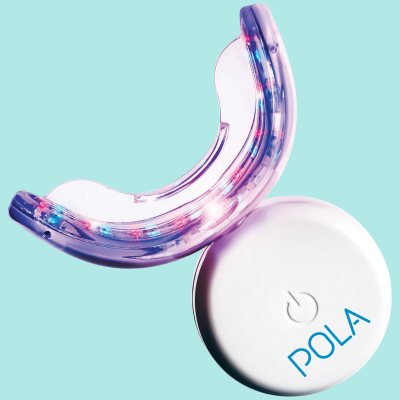Tooth Whitening - The Basics
Teeth whitening solutions come in a variety of forms. These include whitening kits, gels, powders and strips. Regardless of how it’s packaged, the role of a tooth whitening solution is to remove surface stains and bleach the teeth to make them whiter.
Whitening should only be carried out on the prescription of a dentist. Though worryingly on the rise, DIY home whitening kits can be dangerous, uncomfortable, illegal and in most cases inferior to professional whitening treatment.
In worst-case scenarios, DIY home whitening kits can cause burns, scarring and even tooth loss if too much hydrogen peroxide (HP) is used in the product. Though safer than DIY solutions, over the counter whitening products cannot match professionally administered treatment for results.
Whitening
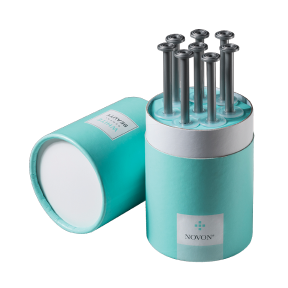
What Is Hydrogen Peroxide?
Hydrogen peroxide is water (H2O) with an extra oxygen molecule (H2O2). It is a key ingredient in any effective tooth whitening kit. The extra oxygen molecule oxidizes and gives peroxide its germ killing and bleaching power. The release of oxygen molecules penetrates the colour pigments inside the tooth, altering the shade of the teeth without effecting tooth structure.
Dentist administered tooth whitening treatments can use hydrogen peroxide at concentrations of up to 6%. Over the counter home whitening kits can currently only legally contain up to 0.1% hydrogen peroxide and therefore cannot produce as effective results.
What other ingredients are used in teeth whitening products?
Along with hydrogen peroxide, the other most common ingredient found in teeth whitening kits is carbamide peroxide. Carbamide peroxide (CP) contains hydrogen peroxide at a ratio of 1:3. For example, a product with 30% carbamide peroxide has about 10% hydrogen peroxide. Carbamide peroxide breaks down over a longer period of time and offers a controlled peroxide release for long-lasting results. Hydrogen peroxide in its raw form acts quickly upon contact with the teeth.
Other common ingredients found in whitening treatments include potassium nitrate & fluoride. Potassium nitrate helps relieve sensitivity fast and usually has an effect that lasts 24 hours. It works by travelling through the enamel and dentine to the pulp chamber of the tooth to calm the nerves. Fluoride is used to provide lasting relief from sensitivity by increasing the hardness of the enamel without interfering with the whitening results.
How long does teeth whitening take to work?
The amount of time it takes for the patient’s teeth to whiten is dependent on the existing state of their teeth, the product type and ingredients, and when and for how long the patient is using the product. In general, an effective whitening product should begin to produce visible results within a few days. How much whiter the teeth get will vary from person to person but can be anywhere between six and 12 shades. In contrast, over the counter and DIY home whitening products can take at least a month before any improvements are visible.
Does Tooth Whitening Work on False Teeth?

Secure Denture Cleaning Tabs 32 6pk
Does Tooth Whitening Work on False Teeth?
A simple definition of CAD/CAM dentistry is the use of digital software to design and manufacture dental restorations and prostheses. CAD stands for computer-aided design and CAM stands for computer-aided manufacturing. The technology can be used to create crowns, dentures, inlays, onlays, bridges and veneers among other things. The speed of the CAD/CAM process allows for dental prosthetics to be designed, manufactured and delivered to the patient in quick time, sometimes the same day. The wider system of using computer assisted technologies to produce restorations is known as CEREC (Chairside Economical Restoration of Aesthetic Ceramics).

Secure Denture Cleaning Tabs 32 6pk
Promoting Teeth Whitening To Your Patients
Should any patient express an interest in tooth whitening or mention staining, this is a great opportunity to raise awareness of your whitening offering and highlight the risks of buying online whitening products.
Patient interest in tooth whitening can also be gauged by including it in a questionnaire that patients can fill out in the waiting area prior to their appointment.
For more advice on how best to promote and sell teeth whitening in your practice, see our blog How to Talk Teeth Whitening With Patients.
All our most popular teeth whitening solutions, including White Dental Beauty, can be found here.




